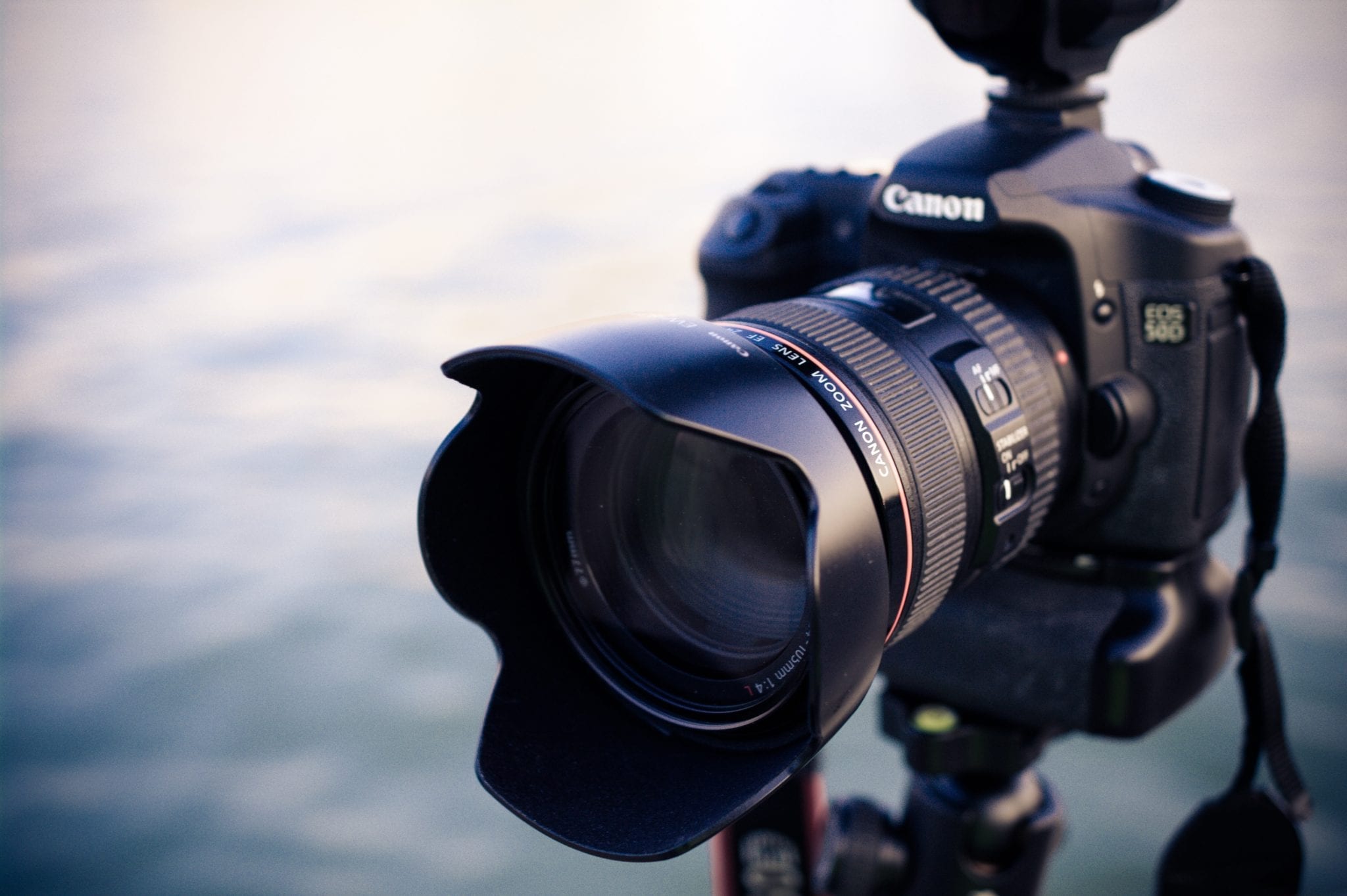On episode 68 of The Edge of Innovation, we’re talking with freelance photographer Al Pereira, about being an entrepreneur and running Advanced Photo, a photography store in North Reading, Massachusetts.

Hacking the Future of Business!

On episode 68 of The Edge of Innovation, we’re talking with freelance photographer Al Pereira, about being an entrepreneur and running Advanced Photo, a photography store in North Reading, Massachusetts.

Today on the Edge of Innovation, we are talking with Enza Lilley, a doula from “A Mommy’s Friend Doula Service” about her experiences as a Doula and small business owner on the North Shore of Boston.

On Episode 17 of The Edge of Innovation, we’re talking with Paul about cognitive overload and recent changes in crowdfunding.

On Episode 10 of The Edge of Innovation, we explore web design best practices and discuss Paul’s new book on this topic.

On Episode 5 of The Edge of Innovation, we look at a case study of a client and understand how to find the “why” behind the “what” in web presence. We are also talking about how to set smart goals. Many projects fail because expectations weren’t set well.